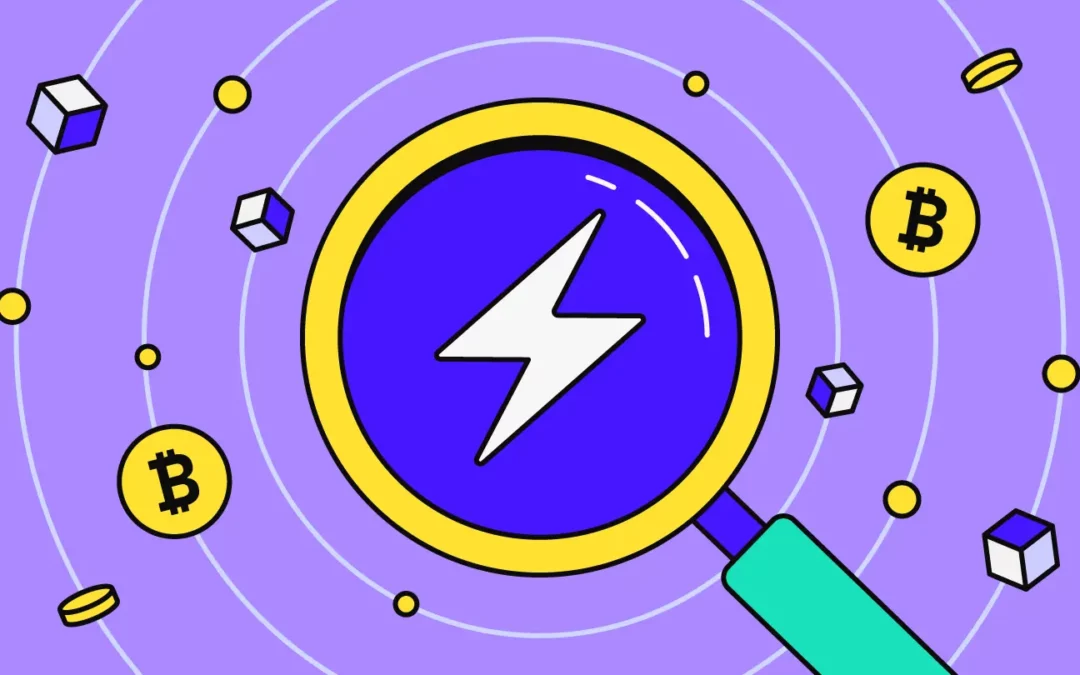Bitcoin has been revolutionary since its creation, but it isn’t perfect. One of the biggest challenges Bitcoin faces is scalability—how quickly and cheaply transactions can be processed. That’s where the Lightning Network comes in.
The Lightning Network is a second-layer solution built on top of the Bitcoin blockchain. Instead of recording every single transaction directly on the main blockchain, it allows users to open payment channels with each other. Transactions within these channels happen off-chain, meaning they don’t require the same time and fees as on-chain transactions. Once the channel closes, the final balance is recorded on the blockchain.
So, what exactly is the Lightning Network designed to improve?
Faster Transactions
Bitcoin’s blockchain processes around 7 transactions per second (TPS), which is far slower than traditional payment systems like Visa. The Lightning Network enables near-instant transactions, making Bitcoin more practical for everyday use, such as buying coffee or paying for online services.
Lower Fees
As Bitcoin’s popularity grew, transaction fees also increased. With the Lightning Network, fees are much lower since most activity happens off-chain, reducing congestion on the main network.
Scalability
The Lightning Network dramatically increases Bitcoin’s capacity to handle millions of transactions per second, something the base blockchain could never achieve alone.
Microtransactions
Because fees are minimal, users can send tiny amounts of Bitcoin—known as microtransactions. This opens up new possibilities, such as tipping content creators or pay-per-use digital services.
Final Thoughts
The Lightning Network is not a replacement for Bitcoin’s blockchain but a powerful complement. It addresses Bitcoin’s biggest hurdles—speed, scalability, and cost—making it more practical for everyday use. While it’s still developing, the Lightning Network is a big step toward Bitcoin being more than just “digital gold” and becoming a real global payment system.

